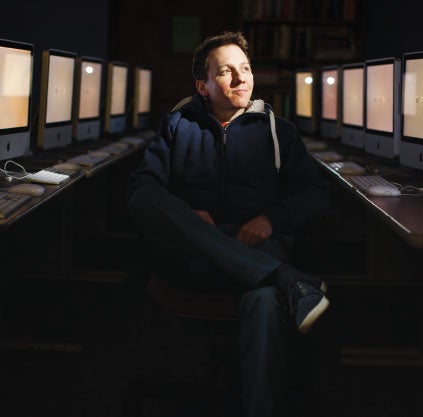 On the heels of two major scientific discoveries in recent years – the discovery of previously unidentified planets outside our solar system – astronomy professor Joe Carson’s latest project is a little closer to home.
On the heels of two major scientific discoveries in recent years – the discovery of previously unidentified planets outside our solar system – astronomy professor Joe Carson’s latest project is a little closer to home.
Carson is part of a research team that has developed a low-cost diagnostic imaging tool that could help save the lives of cancer patients in Africa.
Imaging technologies are vital in identifying and monitoring tumors caused by a type of cancer known as Kaposi’s sarcoma, which – typically associated with the AIDS infection – is the most common type of cancer among men and the second most common among women in Mozambique. However, traditional imaging tools such as MRIs and 3D ultrasounds can cost upward of $3,000 per diagnosis.
In an effort to reduce that cost and make imaging more accessible, Carson and researchers from the University of California, San Diego, have devised an alternative imaging method using a standard digital camera, software they wrote themselves and a specially designed adaptor. Using the small, battery-powered camera, which costs about $200, health care workers in Mozambique can take photographs of suspected tumors and digitally transmit the 3D images over a low-bandwidth mobile phone to other parts of the world for further analysis and diagnosis.
The estimated cost per diagnosis using this imaging method: 75 cents.
Carson’s project recently received the 2014 InnoVision Technology Application Award for its innovation and technological excellence, but – let’s be honest – the real accomplishment here is bringing imaging technology prices back down to earth.
– Photo by Kip Bulwinkle ’04




